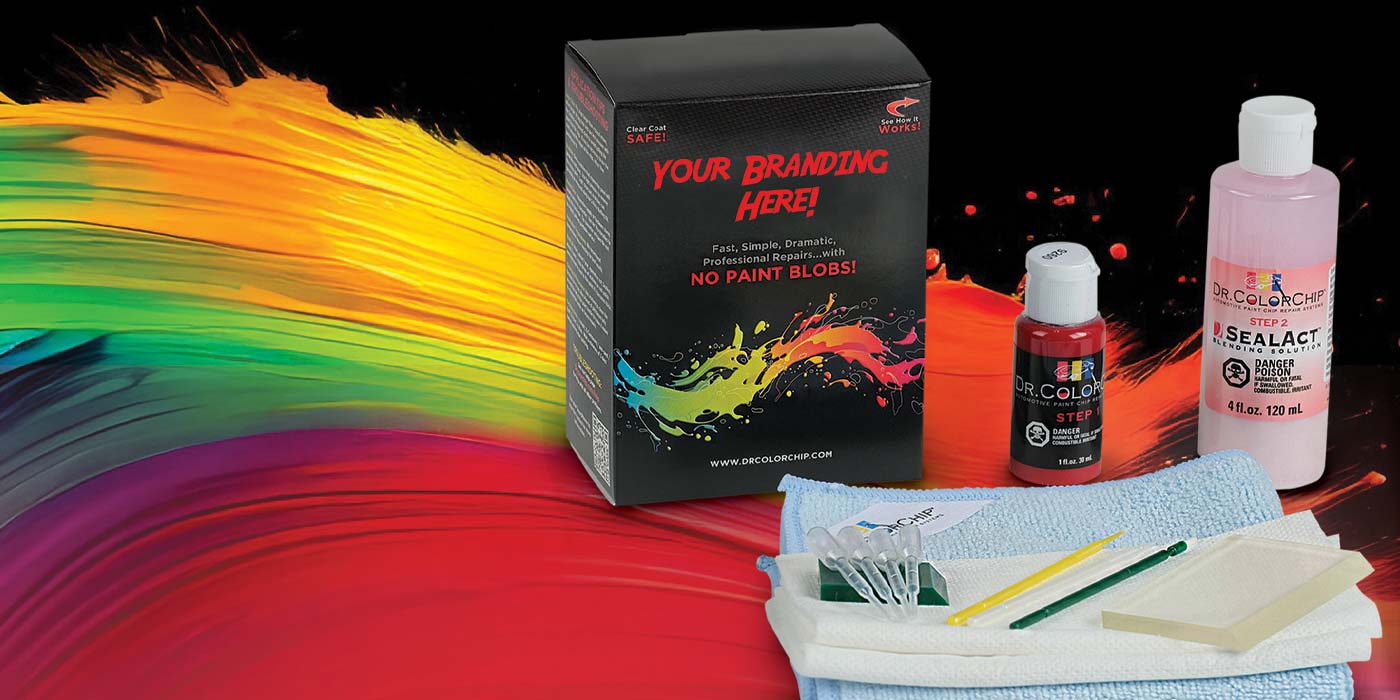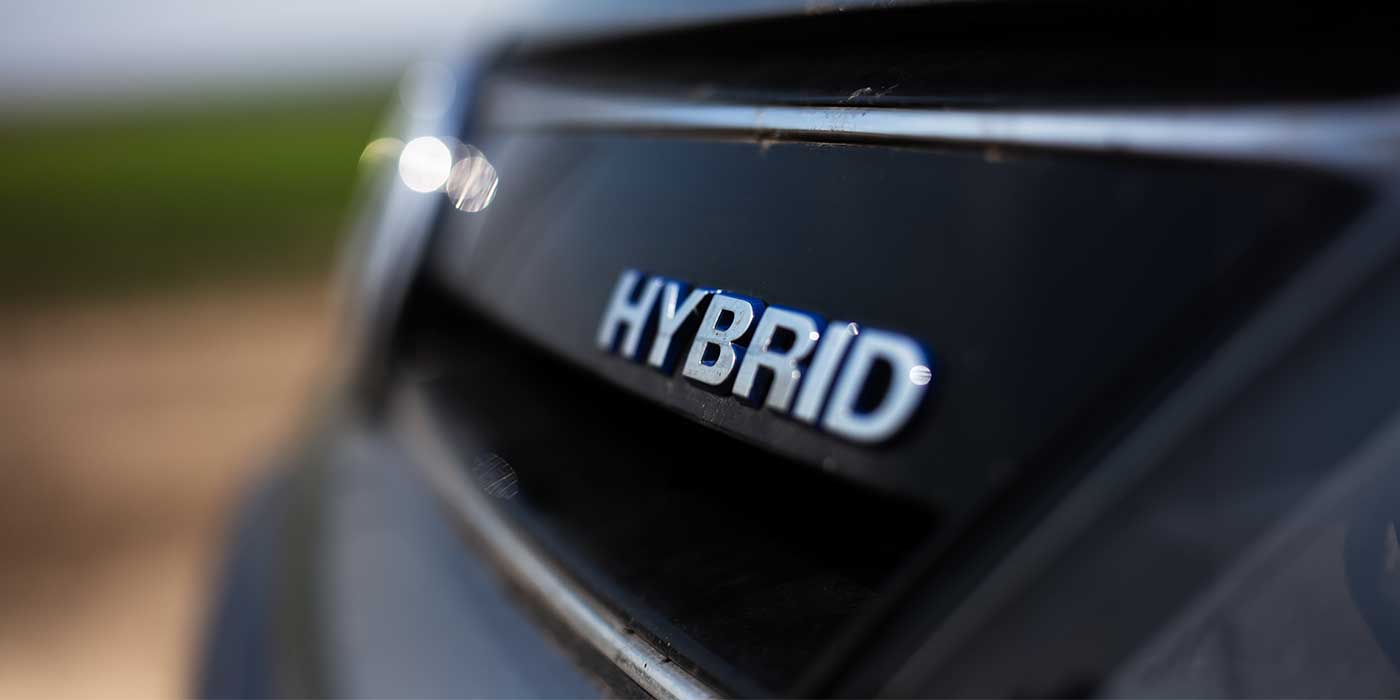He’s the car buyer your team may hate to see. He comes in with a glint in his eye and a fist full of papers. He looks around, essentially daring a sales associate to approach him. He’s been doing his research for weeks or months. He’s checked prices on a half-dozen Websites. He’s spent hours in front of the computer getting ready for this visit. It’s now or never. If he doesn’t become a customer now, he’ll just move on to another dealership.
His only question is “price,” and, so far as he’s concerned, the only correct answer is “lower.”
It’s not the greatest position to be in. You’ve spent thousands of dollars on sales training. You’ve adjusted your service hours for the customers’ convenience. You have even given him doughnuts and coffee. And now none of this matters, because this first — and possibly only — encounter with this customer is way too far down the purchase model.
The good news, however, is that this armed and obstinate buyer wasn’t always that way.
Several years ago, McKinsey & Company described the model for buying a car. It begins in a relatively low-key mode, with the initial consideration, the point where buyer is absorbing dozens or hundreds of messages aimed at him. Then comes the active evaluation phase, where the buyer seeks information for specific brands. Finally, we reach closure, when he’s ready to pull the trigger and isn’t really open to new ideas.
The first two phases — initial consideration and active evaluation — are all about information and persuasion. He’s passively, then actively, absorbing what he needs to make an informed decision. The problem is that you met him much too far down the purchase model, when it’s too late to make an impression. In their white paper on ways to deal with this kind of customer, Booz & Company offered four suggestions:
1. Build marketing strategies and tactics that address where and why consumers shop.
2. Identify differences in consumer behavior across product categories, as well as offline vs. online shopping occasions.
3. Differentiate marketing messages and promotional offers between price-conscious consumers and those who place greater value on brand and convenience.
4. Engage the shopper along the full path to the purchase.
All of these are important, but undoubtedly the most important one is No. 4. You can’t do anything to influence this future customer if you don’t know who he is — or if you meet him when his mind is already made up. Ideally, as soon as he begins to consider a car, and long before he knows he’s a customer, you’ve already identified him and know enough about him to speak to him on a one-to-one basis.
This helps to level the playing field. He has all sorts of information about you: your advertising, what your customers say in online reviews and what anybody who’s ever been through your doors tells him. If you can identify him and reach him at the appropriate times, you get to be a part of this conversation.
Advancements in technology in the 21st century give us tools for unprecedented precision in marketing. No longer do dealers have to send “scattergun” messages into the marketplace and hope that some of the anonymous recipients show up at their doors. We’ve come into the world of data-driven marketing. It takes what the techies call “robust data sets,” turns that data into information and then into messages that resonate with the customer, providing bits of influence along the way that result in a sale.
It is, as Booz & Company said, a matter of engaging the shopper along the full path to the purchase. And it’s the most effective way to prepare this shopper to meet his dealer.
So the next time this buyer comes through your doors, while his only question may still be “price,” you’ll know without a doubt his individual version of “lower” — and that has its own kind of power.
Greg Geodakyan – Chief Product Officer For Client Command














